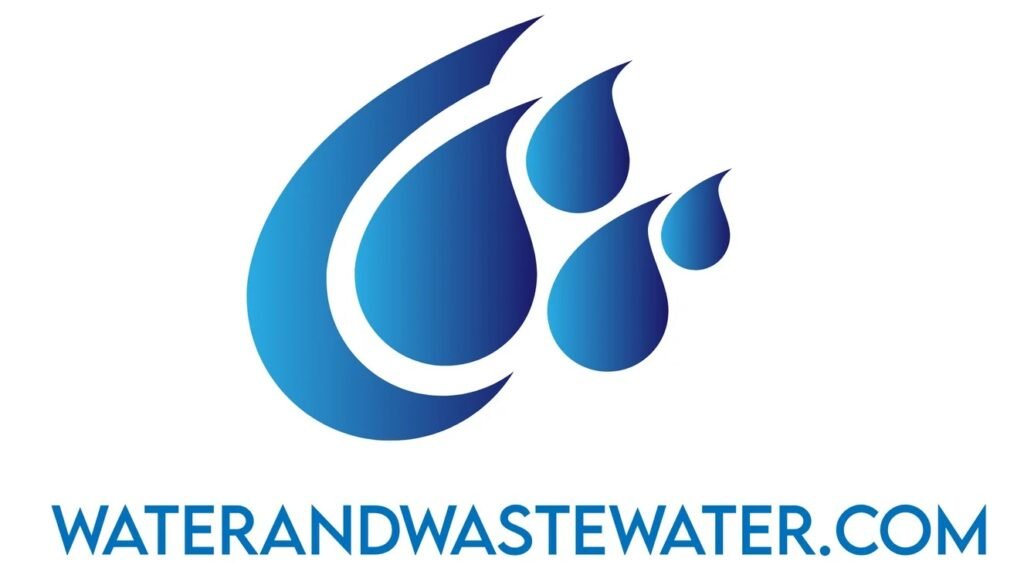Tag: Wastewater Management
Static screens play a crucial role in wastewater treatment processes. They are devices used for solid-liquid separation, designed to intercept and remove suspended solids from the wastewater stream. By employing a simple yet efficient method of physically trapping debris, static screens help prevent clogging and damage to downstream equipment. The ease of integrating a static […]
Perforated screens play a crucial role in wastewater treatment plants. They are the first line of defense, protecting the delicate processes downstream by physically removing large solid materials from the wastewater. By using a series of evenly spaced holes, these screens capture and separate debris, ranging from large particles to finer organic materials, which could […]
Non-potable water is water that has not been treated or purified to the level necessary for safe human consumption. It encompasses a variety of water types that are utilized for purposes other than drinking, such as irrigation, flushing toilets, and industrial processes. Addressing the question “What is non-potable water?” it is essential to clarify that […]
Efficient sedimentation processes are essential for both municipal and industrial wastewater treatment facilities. As raw wastewater enters the treatment plant, it undergoes initial screening before proceeding to sedimentation tanks where the separation process begins. This stage is pivotal for the protection of downstream treatment units and for minimizing the potential for damage or additional processing […]
Pumping stations are crucial components in water management systems, playing a pivotal role in transporting water and wastewater from one location to another. They are designed to handle various types of fluids, including fresh water, sewage, or stormwater, often moving the liquids from low to high elevation, across vast distances, or from one treatment process […]
Effluent discharge refers to the flow of wastewater—treated or untreated—that is released into natural water bodies from various sources including industrial, commercial, and residential establishments. The characteristics of this effluent can vary widely based on the source and the types of contaminants present, ranging from organic matter and nutrients to chemicals and thermal pollution. The […]
Wastewater collection is a critical component of modern sanitation systems, serving the vital purpose of transporting sewage and stormwater from residential, commercial, and industrial sources to treatment facilities. This intricate process relies on a well-maintained network of pipes, pumps, and conduits to ensure environmental safety and public health. Understanding the types, designs, and operations of […]
The field of treatment technologies encompasses a diverse range of methods and systems designed to manage and clean water and wastewater. In modern environmental management practices, it’s crucial to understand the principles and applications of these technologies to ensure safety, sustainability, and compliance with regulatory standards. As populations grow and industries expand, the demand for […]
Industrial wastewater encompasses a wide spectrum of water discharge, originating from activities related to manufacturing, processing, washing, and cooling in industrial facilities. It often contains a mix of chemical, biological, and physical pollutants that vary greatly depending on the industry and specific processes from which it originates. These pollutants can have significant impacts on the […]
In wastewater management, tertiary treatment represents an advanced stage that follows primary and secondary treatment methods. It is designed to substantially degrade the biological content of the sewage, which is derived from human waste, food waste, soaps, and detergents. Known as the final cleaning process, tertiary treatment improves effluent quality before being released into the […]
